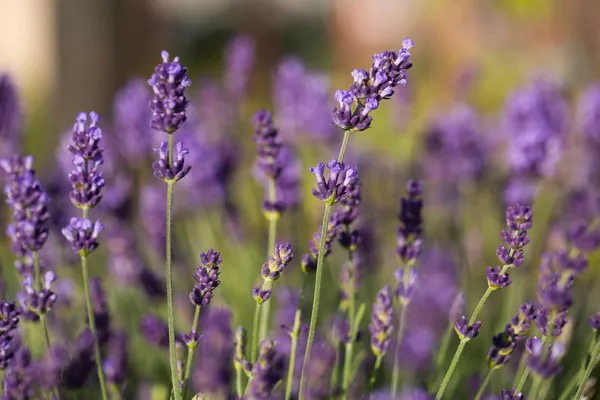Throughout history, humans have hunted and consumed a wide variety of animal species for sustenance, cultural practices, and economic gain. While sustainable hunting and fishing have been practiced by indigenous communities for millennia, the rise of industrialized food production and global trade has led to the exploitation and depletion of many vulnerable species. Tragically, some animals have been driven to extinction due to overhunting and habitat destruction, their populations unable to withstand the relentless pressure of human consumption. In this article, we explore six animals that were eaten into extinction, shedding light on the devastating consequences of our insatiable appetite for exotic foods.
6 Animals We Ate Into Extinction
1. Passenger Pigeon (Ectopistes migratorius)
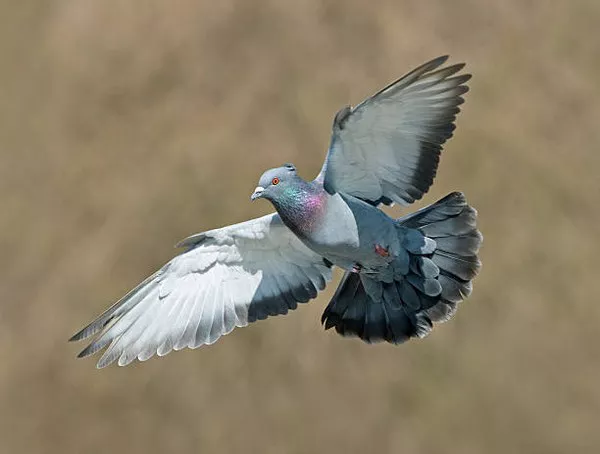
Once the most abundant bird species in North America, the passenger pigeon met a tragic end at the hands of human hunters. Flocking in vast numbers that darkened the skies for hours, these migratory birds were prized for their meat and feathers. With the advent of railroads and telegraphs in the 19th century, commercial hunting of passenger pigeons reached unprecedented levels, leading to the wholesale slaughter of millions of birds for food and sport.
By the late 1800s, the once-thriving populations of passenger pigeons had been decimated, their nesting colonies destroyed, and their habitats fragmented. Efforts to conserve the species came too late, with the last known individual, Martha, dying in captivity at the Cincinnati Zoo in 1914. The extinction of the passenger pigeon serves as a stark reminder of the devastating impact of human exploitation on wildlife populations and the urgent need for conservation action.
See Also: 10 Closest Animals to Extinction – You May Not Know
2. Great Auk (Pinguinus impennis)
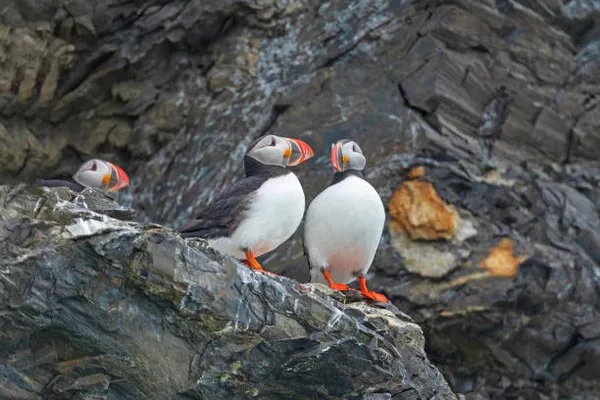
The great auk, a flightless seabird native to the North Atlantic, met a similar fate at the hands of human hunters. Revered for its meat, eggs, and feathers, the great auk was relentlessly hunted by European sailors and settlers for centuries. As demand for its valuable down increased, populations of great auks dwindled, their nesting sites plundered, and their breeding colonies decimated.
By the 19th century, the great auk had been driven to the brink of extinction, with the last known breeding pair recorded on the remote island of Eldey, off the coast of Iceland, in 1844. Despite efforts to protect the remaining individuals, including the establishment of nature reserves and hunting bans, the species succumbed to human greed and exploitation. The last confirmed sighting of a great auk occurred in 1852, marking the tragic end of a once-thriving species.
3. Steller’s Sea Cow (Hydrodamalis gigas)
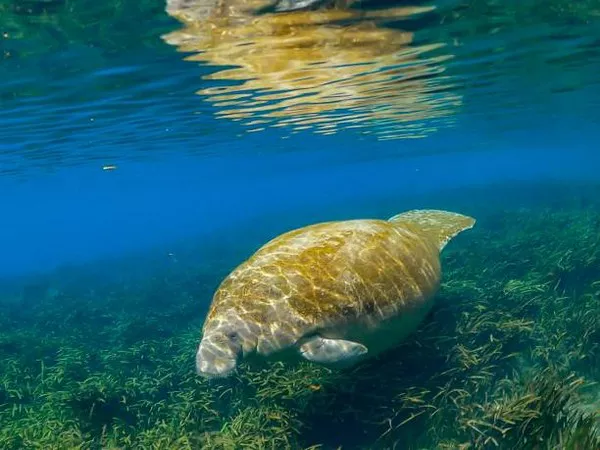
Discovered by European explorers in the icy waters of the North Pacific, Steller’s sea cow was a massive marine mammal that roamed the coastal waters of the Bering Sea. Reaching lengths of up to 30 feet (9 meters) and weighing as much as 8 to 10 tons, these gentle giants were once abundant in their native habitat, grazing on kelp and other marine vegetation.
However, the arrival of Russian fur traders in the 18th century spelled doom for Steller’s sea cows. Prized for their meat and blubber, these slow-moving mammals were easy targets for hunters armed with harpoons and firearms. Within decades of their discovery, Steller’s sea cows had been hunted to extinction, their populations wiped out by relentless exploitation.
The last confirmed sighting of a Steller’s sea cow occurred in 1768, when the species was declared extinct just 27 years after its discovery. Today, Steller’s sea cow serves as a cautionary tale of the devastating consequences of unchecked human exploitation and the importance of conservation efforts to protect vulnerable species.
4. Quagga (Equus quagga quagga)
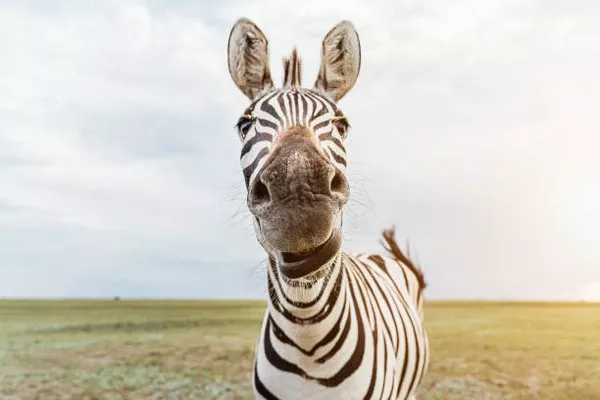
The quagga, a subspecies of the plains zebra native to South Africa, was once a common sight on the grasslands of the region. With its distinctive brown and white striped coat and unique vocalizations, the quagga was an iconic symbol of the African savanna. However, relentless hunting and habitat destruction led to the rapid decline of quagga populations in the 19th century.
Driven by European settlers’ demand for meat and hides, quaggas were hunted to extinction in the wild by the late 1800s. The last known wild quagga was shot and killed in 1878, marking the tragic end of a species that had roamed the African plains for thousands of years. Efforts to conserve the quagga came too late, with the last captive individual dying in Amsterdam’s Natura Artis Magistra zoo in 1883.
In recent years, scientists have undertaken ambitious efforts to “de-extinct” the quagga through selective breeding and genetic engineering. While these efforts have yielded promising results, the true legacy of the quagga serves as a sobering reminder of the irreversible consequences of human exploitation on biodiversity.
5. Caribbean Monk Seal (Neomonachus tropicalis)
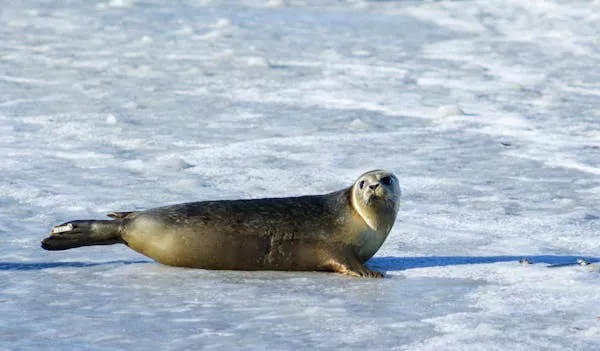
Once abundant throughout the warm waters of the Caribbean Sea and Gulf of Mexico, the Caribbean monk seal was a charismatic marine mammal revered by indigenous peoples and European explorers alike. With its sleek, streamlined body and playful demeanor, the Caribbean monk seal was a symbol of the region’s rich marine ecosystems.
However, the arrival of European settlers in the Caribbean marked the beginning of the end for the Caribbean monk seal. Prized for their oil-rich blubber and meat, these gentle marine mammals were relentlessly hunted by sailors and fishermen for centuries. By the 20th century, Caribbean monk seal populations had been decimated, their breeding colonies destroyed, and their habitats degraded by human activities.
The last confirmed sighting of a Caribbean monk seal occurred in 1952, when a lone individual was spotted off the coast of Jamaica. Despite efforts to protect the remaining populations, including the establishment of marine protected areas and conservation programs, the Caribbean monk seal was declared extinct in 2008, marking the tragic end of a species that had inhabited the region for millions of years.
6. Western Black Rhinoceros (Diceros bicornis longipes)
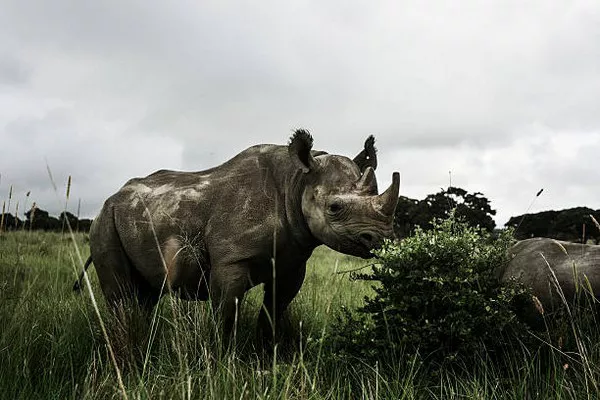
The western black rhinoceros, a subspecies of the black rhinoceros native to sub-Saharan Africa, was once a common sight on the savannas and grasslands of the region. With its distinctive hooked upper lip and armored hide, the black rhinoceros was a formidable herbivore revered by indigenous peoples and wildlife enthusiasts alike.
However, relentless poaching for their horns and habitat destruction led to the rapid decline of western black rhinoceros populations in the 20th century. Demand for rhino horn in traditional medicine markets in Asia, coupled with lax enforcement of wildlife protection laws, fueled a lucrative illegal trade that pushed the species to the brink of extinction.
Despite efforts to protect the remaining populations, including the establishment of rhino sanctuaries and anti-poaching patrols, the western black rhinoceros was declared extinct in 2011. The last known individual, a male named “Cetewayo,” died in captivity at the Dvůr Králové Zoo in the Czech Republic in 2000, marking the tragic end of a species that had roamed the African savanna for millions of years.
See Also: The Heaviest Extinct Land Mammal – Colossal Indricotherium!
Conclusion
The extinction of these six animals serves as a sobering reminder of the profound impact of human activities on the natural world. From relentless hunting and habitat destruction to the insatiable demand for exotic foods and commodities, our actions have driven countless species to the brink of extinction. As we reflect on the tragic loss of these iconic creatures, it is essential to recognize the lessons learned and the paths forward for conservation and stewardship of our planet’s biodiversity.
One of the key lessons from the extinction of these animals is the importance of proactive conservation efforts to protect vulnerable species and their habitats. By establishing protected areas, implementing sustainable management practices, and enforcing wildlife protection laws, we can mitigate the threats facing endangered species and ensure their long-term survival. Additionally, raising awareness about the plight of endangered species and promoting responsible consumption practices can help reduce demand for products derived from threatened wildlife.
Another important lesson is the need for international cooperation and collaboration to address global conservation challenges. Many of the species that were eaten into extinction, such as the great auk and Caribbean monk seal, inhabited regions that spanned multiple countries and jurisdictions. By working together across borders, governments, conservation organizations, and local communities can pool resources, share expertise, and develop coordinated strategies to protect and restore critical habitats and species populations.
In addition to conservation efforts, efforts to “de-extinct” extinct species through genetic engineering and selective breeding offer hope for restoring lost biodiversity. While controversial and ethically complex, these technologies have the potential to bring back species that have been lost to extinction and restore balance to ecosystems disrupted by human activities. However, such efforts must be approached with caution and guided by rigorous scientific research, ethical considerations, and stakeholder engagement.
You Might Be Interested In:





















